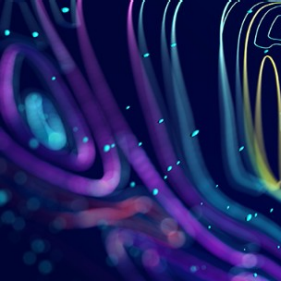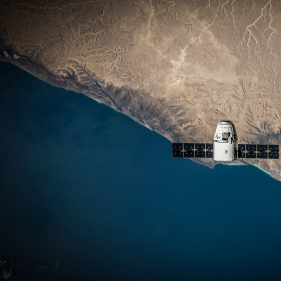Our research on society’s most complex challenges is global in scope and cuts across sectors and industries. These trends will affect everyone: government and business, startups and incumbents, small businesses and multinational corporations...
Theme Climate Resilience  Read More
Read MoreTheme Climate Resilience Anticipating physical impacts, evolving government imperatives, and new commercial opportunities.Theme Emerging Risks  Read More
Read MoreTheme Emerging Risks Interpreting the macro-level risk landscape to shape strategies for resilience, transformation, and growth.Theme Generative AI  Read More
Read MoreTheme Generative AI Unlocking the full potential of generative AI with Marsh McLennan’s Expertise and Firsthand ExperienceTheme Healthy Societies  Read More
Read MoreTheme Healthy Societies Leveraging emerging technologies to enhance wellness and curb expenditures in the face of increasing longevity.Theme Innovations in Infrastructure  Read More
Read MoreTheme Innovations in Infrastructure Developing the interdependent platforms and systems for modern life through public-private partnerships.Theme Transformative Technologies  Read More
Read MoreTheme Transformative Technologies Securing advantage from new digital capabilities while managing increasing cyber risk.Theme Workforce for the Future  Read More
Read MoreTheme Workforce for the Future Optimizing workforce and talent development strategies in the face of demographic and technological change.

